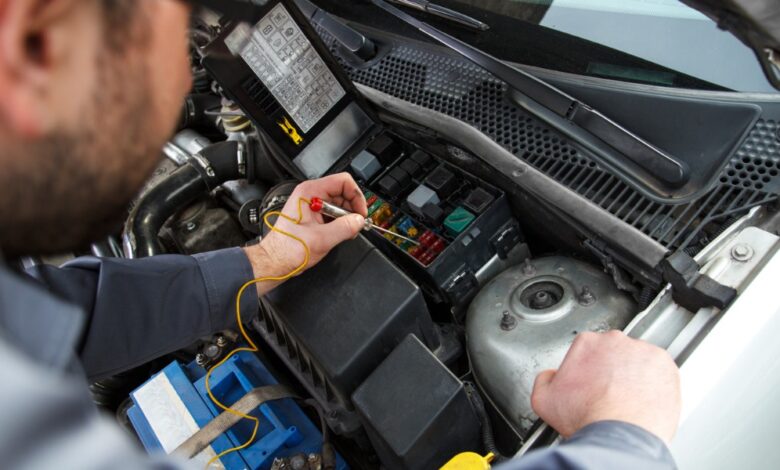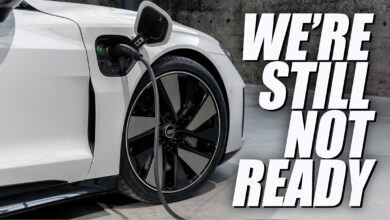Swiss Re on electric vehicle sales

Will this be a promising or challenging market for insurance?
Electric vehicle (EV) sales are witnessing rapid growth, with a recent forecast from the International Energy Agency (IEA) predicting EV sales will grow at an average annual rate of 30% until 2030.
By that time, reported Swiss Re the global market size is anticipated to surpass $200 billion, up from $51 billion in 2022. By 2035, EVs are expected to represent half of all new car sales globally, with an estimated 73 million units projected to be sold by 2040. The result is a significant market opportunity for insurers.
How electric vehicle sales have climbed
In 2023, nearly 14 million EVs were sold globally, marking a 35% increase from the previous year. EVs now account for 18% of all car sales. The adoption rates, however, vary significantly across regions. For instance, EVs constitute about 10% of all car sales in the United States, 38% in China, and 22% on average in the European Union. In Nordic countries, EV sales have soared above 50%.
The rapid growth in EV sales has spurred a corresponding increase in the EV insurance market. Studies indicate that this market will also see double-digit annual growth rates up to 2030. However, this burgeoning market presents several challenges for insurers. Higher accident rates and repair costs are impacting underwriting profitability, necessitating closer collaboration between carmakers and insurers.
A challenging market for insurance?
EVs introduce new driving behaviors, vehicle risks, and repair complexities that create unique challenges for insurers. One notable change is the abrupt acceleration of EVs from a stationary position compared to internal combustion engine (ICE) vehicles, leading to a higher probability of accidents. In China, the EV accident rate is nearly double that of ICE vehicles, partly due to the higher share of EVs in commercial use.
Repair costs for EVs are also significantly higher than for ICE vehicles. A 2022 US study found that EV repair costs were, on average, 26.6% higher. This trend is confirmed by data from Germany and the UK, which show 30% to 35% higher repair costs for EVs. The increased costs are attributed to the complex technology in EVs, including digital sensors, laser/radar devices, and advanced software systems, which require more labor-intensive diagnostics and repairs.
To support sales and manage these risks, some EV producers are acquiring their own insurance licenses or partnering with insurance companies. However, the new risks and repair costs associated with EVs have resulted in higher premiums for EV insurance. In China, the average EV insurance premium in 2023 was 81% higher than for standard motor vehicles. Similarly, in the UK, the average premium for EVs was nearly double that for ICE cars, jumping to £1,344 (US$1,700) at the end of 2023.
Addressing these challenges may require deeper cooperation between insurers and EV producers. By leveraging their respective expertise—insurers’ claims experience and carmakers’ vehicle data—both parties can innovate to provide better coverage and service solutions, Swiss Re suggested, potentially integrating driving behavior data and offering tailored repair and maintenance packages.
Any thoughts about this story? Leave a comment below.
Keep up with the latest news and events
Join our mailing list, it’s free!




